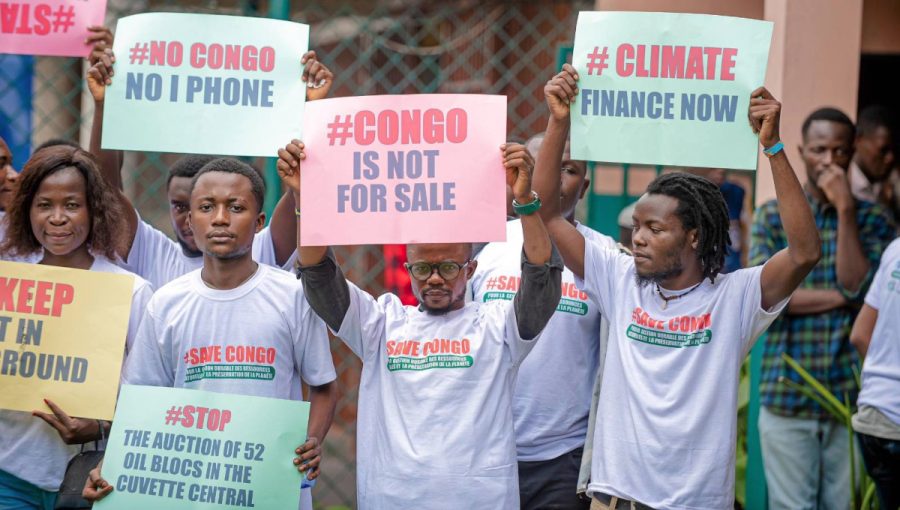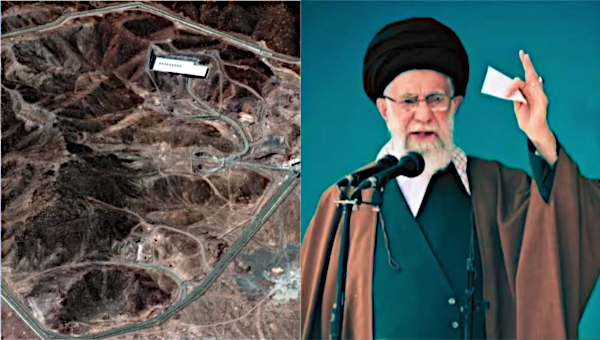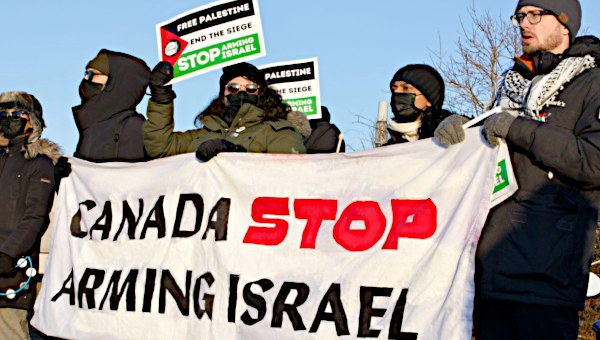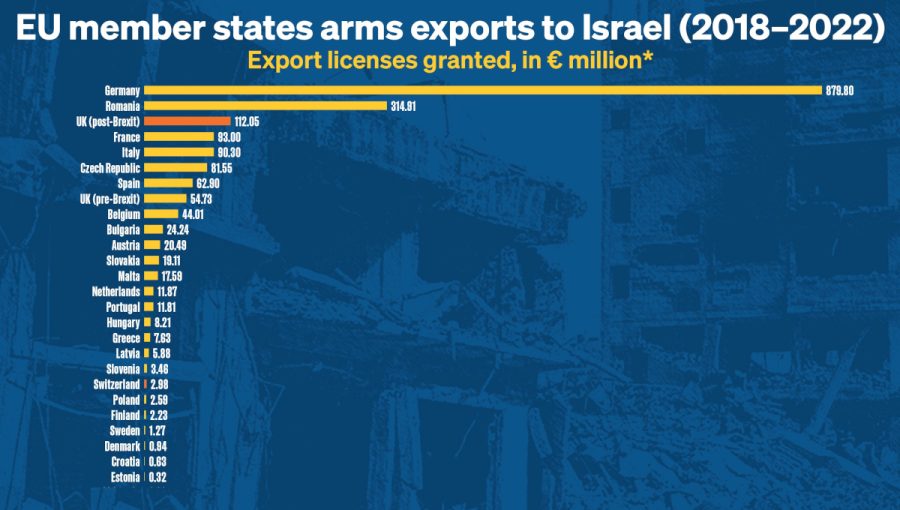NATO Reality Check: Protestors in Chicago Can Fatally Fracture NATO
The NATO summit in Chicago, on 20-21 May, will be a lightening-rod for protest. This is a historic moment when peace activists have an opportunity to deflect NATO’s current trajectory toward expanding and intensifying global warfare. NATO is the most powerful military alliance ever devised in human history. However, the alliance is unstable. NATO is wrought with fractures, which protestors in Chicago could break open, if they act thoughtfully.

“We were awarded these medals for serving in the Global War on Terror, a war based on lies and failed polices. This endless war has killed hundreds of thousands, stripped the humanity of all involved, and drained our communities of trillions of dollars, diverting funds from schools, clinics, libraries, and other public goods.”
Like many people in the NATO states, these veterans were initially duped by the myths that support war. But myths can be debunked. Let’s look at some of the mythical representations of NATO countered by the factual realities that are of use to those in Chicago and around the world protesting against NATO’s destructive power.
Myth #1: NATO is controlled by the United States.
Reality #1: NATO is not controlled by the United States. NATO is certainly dominated by the United States. America’s close ties with Britain and Canada make domination by the Anglo trio within NATO even more powerful, but not omnipotent.
The U.S. cannot control NATO, because the NATO decision-makers must reach a consensus within the North Atlantic Council (NAC) before taking action. Consensus can constrain the power of any one state or group of states. American decision-makers and their closest allies, who bristle at the constraint of consensus wish to streamline the NATO decision-making process.
Any reform that reduces decision-making authority to less than consensus would afford the U.S. and its closest allies greater power. But, thus far, the consensus model remains in place.
Which leads us to …
Myth #2: NATO sanctioned the invasion of Afghanistan and participated in the invasion alongside the United States and United Kingdom and their closest allies.
Reality #2: The invasion of Afghanistan like the invasion of Iraq was a unilateral U.S.-UK led action that lacked either UN or NATO sanction. NATO operations in Afghanistan began in 2003 when the alliance assumed command of the UN sanctioned International Security Assistance Force (ISAF).
The U.S. and its closest allies have failed on numerous occasions to achieve consensus within NATO forcing them to either backtrack or proceed unilaterally without official NATO support. The unilateral U.S.-UK led invasion of Iraq is a well-known case in point.
Nonetheless, the U.S.-UK led invasion of Afghanistan, on 7 October 2001, which proponents and opponents alike often portray as either a multilateral United Nations or multinational NATO mission, was neither. The decision to invade Afghanistan was made unilaterally by the leaders of the U.S. and the UK and the decision was implemented by a very small coalition of states. The invasion, codenamed Operation Enduring Freedom (OEF), was led by the U.S. and UK and supported in combat only by Canadian, Australian, and New Zealander Special Operations Forces, and briefly by the French and German Air Forces.
The French and German air forces were soon withdrawn from combat in Afghanistan at least in part due to the protests of activists in those states who successfully demonstrated that their governments lacked popular support for an illegal military action.
Of the seven states that attacked Afghanistan, only four – the U.S., the UK, Canada, and Germany – were NATO members (France was not a member in 2001).
The U.S. and UK had failed to obtain a consensus to invade Afghanistan in both the United Nations Security Council and the NATO North Atlantic Council. The resolution (1373), which the UN did produce, called on all states to “work together urgently to prevent and suppress terrorist acts” and it proposed numerous means, within the bounds of international law, by which states could do so. The UN resolution did not propose an invasion of Afghanistan and indeed the word Afghanistan does not appear in the document.
NATO decision-makers did not sanction the invasion of Afghanistan by invoking article 5 of the Atlantic Treaty; they did pledge to mutually defend the United States against further attack. The NATO ambassadors did, however, release a press statement endorsing the unilateral invasion of Afghanistan, on the day after the U.S. and the UK launched Operation Enduring Freedom. The only concrete support NATO could muster following the illegal invasion, however, was extremely limited. NATO did not send a military force to support the invasion of Afghanistan. Nor did NATO ever dedicate forces to any direct support role in the ongoing Operation Enduring Freedom.
After the invasion of Afghanistan, NATO did send “NATO aircraft, manned by multinational crews from 12 NATO nations” to North America to provide “critical air surveillance and early warning capabilities … under the command of NORAD.” NATO also re-assigned “naval assets” to “provide an allied military presence in the eastern Mediterranean and to demonstrate our resolve.”
In their 2008 book, The Unexpected War, Janice Gross Stein and Eugene Lang claim Canada was “legally committed and obligated” as a member of NATO to join the Operation Enduring Freedom invasion of Afghanistan alongside American forces. Nothing could be further from the truth. Canada was the only NATO state that sent military ground forces into Afghanistan as part of the U.S.-UK led Operation Enduring Freedom invasion force, in 2001.
It was not until 2003 that NATO sent forces to Afghanistan, but not to support the aggressive Operation Enduring Freedom mission. NATO agreed to send forces to assume command of the International Security Assistance Force (ISAF). Following the invasion of Afghanistan, the negotiators of the problematic UN Bonn Convention initiated the creation of the ISAF, in December 2001, as a complex peace operation with a mandate to clean up the mess left in the wake of the invasion and previous decades of turmoil.
Throughout the prolonged occupation of Afghanistan, the aggressive OEF and complex peace operation ISAF missions gradually merged. In 2009, the Obama administration made the parallel missions nearly indistinguishable by placing both under the joint command of Gen. Stanley McChrystal.
It might seem a niggling detail to highlight the fact that, in 2001, NATO did not invade Afghanistan, and did not directly support the invasion forces. Or that after NATO forces finally did enter Afghanistan to lead ISAF, in 2003, most NATO member states were reluctant to engage in the same aggressive and illegal tactics employed by their American, British, and Canadian comrades engaged in Operation Enduring Freedom.
The differences between the unilaterally declared U.S.-led Operation Enduring Freedom and multilaterally UN-sanctioned NATO-led International Security Assistance Force were only marginal at best during the Bush administration and of diminishing difference since the Obama administration.
Nonetheless, the reluctance of most European members of NATO to engage in the illegal invasion of Afghanistan, as well as to engage in the illegal tactics employed throughout the decade long occupation by the members of the Operation Enduring Freedom coalition demonstrates an important fracture within NATO.
From the outset of the Global War on (of) Terror, American, British, and Canadian political and military leaders attempted to goad the Europeans into engaging in more aggressive warfare. Canadian officials in NATO, formerly perceived as diplomatic multilateral bridge-builders, are now recognized within NATO as North American badgers who berate their European counterparts for not following in lockstep behind the United States.
Which leads us to …
Myth #3: European NATO leaders were too cheap to spend their resources and too afraid of combat to fight on the overt battlefronts in Afghanistan and Iraq, as well as the many other covert battlefronts of the Global War on (of) Terror.
Reality #3: European political and military leaders did not have enough popular domestic support to fight an illegal war.
European generals may have been as eager as their Anglo comrades to put their weapons and training to the fight in Afghanistan and beyond. European political leaders may have recognized they would need to invest in President Bush’s Global War on (of) Terror to realize potential gains in geopolitical and economic advantages.
Nevertheless, European politicians recognized they could not fight an illegal war, not necessarily because they had any less desire to pursue the same geopolitical and economic interests the U.S.-UK led Operation Enduring Freedom coalition pursued, but because they recognized the domestic political consequences they might suffer for fighting an illegal war of aggression.
Make no mistake, the U.S.-UK led invasion of Afghanistan launched in retaliation for the terrorist attack, on 11 September 2001, which began the Global War on (of) Terror was as much an act of illegal aggression as the Austria-Hungary led invasion of Serbia launched in retaliation for the terrorist attack, on 28 June 1914, which began World War One. Despite the many faults of international law and despite the attempts by the United States and its closest allies to pretend they are exempt from international law, it remains relevant.
European leaders, who most likely were as eager as their Anglo-American counterparts to fully participate in the Global War on (of) Terror, were constrained both by popular power and the power of international law. Instead of joining the illegal invasion, European leaders eased their militaries into Afghanistan via the UN sanctioned International Security and Assistance Force, which then metamorphosed from a complex peace operation into an aggressive occupation force.
NATO leaders learned their lesson and were more politically savvy when the opportunity to invade Libya arose, in 2011. This time, politicians enlisted various nongovernmental organizations and the media to carefully portray the military mission as a moral and legal humanitarian duty framed within the new Responsibility to Protect Doctrine, which, coincidentally, was published, on 10 September 2001. Yet the façade of humanitarian intervention in Libya did little to conceal the agenda for forceful regime change – an illegal act of aggression.
The ultimate myth: According to NATO’s strategic concept, NATO “thrives as a source of hope because it is based on common values of individual liberty, democracy, human rights and the rule of law, and because our common essential and enduring purpose is to safeguard the freedom and security of its members. These values and objectives are universal and perpetual, and we are determined to defend them through unity, solidarity, strength and resolve.”
Reality: NATO is a war machine that exacerbated the U.S.-USSR arms race during the Cold War and is again exacerbating a new east-west arms race potentially more disastrous than its predecessor. Reflecting the shared overarching strategic interest of its member states, NATO forcefully pursues the freedom for investors to expand free trade and secure their interests.
 In the current historical conjuncture, during which the American empire appears to be metamorphosing, as Ellen Meiksins Wood theorizes, into an American led Empire of Capital, the U.S. desperately needs more than ever to exercise its power through like-minded multinational organizations with memberships that tend to share mutual geopolitical and economic interests. NATO is the military arm of this system.
In the current historical conjuncture, during which the American empire appears to be metamorphosing, as Ellen Meiksins Wood theorizes, into an American led Empire of Capital, the U.S. desperately needs more than ever to exercise its power through like-minded multinational organizations with memberships that tend to share mutual geopolitical and economic interests. NATO is the military arm of this system.
Clearly the United States does not control NATO. History and the few examples cited above show that when the pursuit of an American interest conflicts with the interests of too many other NATO member states, the U.S. does not get its way within NATO. When U.S. and other NATO members’ interests do intersect, however, the alliance is extremely dangerous.
Some strategic policy documents of the U.S. and NATO are publicly available and reveal intersecting interests. A thin veneer of diplomatic language and rhetoric about human rights, freedom, and democracy barely conceals the classist and racist-nationalist underpinnings of U.S. foreign policy regarding the use of force. This is evident throughout the National Security Strategy 2010, the National Defense Strategy 2008, and National Military Strategy 2011 documents.
The National Defense Strategy identifies the expected threats to the United States of “violent extremist movements” and “rogue states,” but also resurrects the Cold War era existential fear of Russia and China. A fear NATO members share perhaps even more viscerally for some.
The National Defense Strategy among other strategic documents indicates the United States has instituted a two-track engagement-containment policy toward Russia and China. The U.S. clearly prefers economic engagement with both. The Cold War strategy of military containment remains in reserve, however, if either Russia or China fails to play by the free trade rules of economic engagement set by the U.S. and its allies.
The U.S. and NATO reliance on military containment is rejuvenating opposing institutions and reviving an arms race reminiscent of the Cold War.
Russia has instituted the Collective Security Treaty Organization (CSTO) as a counter to NATO power. Most Western strategists downplay the CSTO as a mere shadow of the former Warsaw Pact. Nevertheless, the perceived need for Russians to invent the CSTO indicates their fears of NATO power. Earlier this month, Russian Chief of General Staff Nikolai Makarov threatened to pre-emptively attack NATO missile sites in Europe, if NATO proceeds with deployment of its missile-defence shield. The general’s threat indicates the level of threat NATO represents for Russians.
The China-Russia Strategic Partnership was also invented to counter U.S. and NATO power. The economic union of the Shanghai Cooperation Organization (SCO), a Eurasian equivalent of the NAFTA, challenges Western penetration into Eurasia.
Beginning with the Bush administration, United States strategic documents identify China as America’s greatest existential threat. Despite the fact China’s military spending is a small fraction of U.S. military spending, recent increases in Chinese military spending have whipped the U.S. media into a fear mongering frenzy. Hilary Clinton’s recent declaration of “America’s Pacific Century” describing a renewed focus on the Asia-Pacific region has undoubtedly increased Chinese fears of U.S. expansion.
As at the beginning of the Cold War, fear mongers within the U.S.-NATO block seem to be intentionally instigating a new arms race. Who wins an arms race? The investors in arms manufacturing win of course.
Real Freedom = Free Trade?
One overarching strategic interest – the pursuit of free markets and free trade – unites the Atlantic alliance, despite the tactical disagreements that fracture and could pull NATO apart. The National Security Strategy 2002, also known as the Bush Doctrine, is a revealing document.
“the Bush Doctrine should be most notable for its chapter titled, “Ignite a New Era of Global Economic Growth Through Free Markets and Free Trade.” In this chapter, the Bush Doctrine defines “real freedom” as free markets and free trade and … the pursuit of this freedom for the investors of capital.”
Critics focussed on the Bush Doctrine, because in it the Bush administration attempted to legitimize pre-emptive warfare. Pre-emptive warfare is a tactical concept contrary to international law, which Europeans were reticent to embrace before the invasions of Afghanistan and Iraq. But the Bush Doctrine should be most notable for its chapter titled, “Ignite a New Era of Global Economic Growth Through Free Markets and Free Trade.” In this chapter, the Bush Doctrine defines “real freedom” as free markets and free trade and clearly identifies the pursuit of this freedom for the investors of capital as the overarching strategic objective of the United States.
Pre-emptive warfare is merely one of many tactics that can be used to achieve this strategic objective of pursuing free markets and free trade. The identification of this overarching strategic objective within the Bush Doctrine received little criticism, because it is the liberal economic doctrine that defines the state policies of all NATO member states.
The Obama administration’s policy documents exhibit less incendiary language than those of the Bush administration, but they do not differ in substance. When President Obama speaks of securing freedom and America’s interests he is invoking the same policies as the Bush administration and all the policies of preceding administrations that led to the Bush Doctrine.
NATO leaders proclaim their “common essential and enduring purpose is to safeguard the freedom and security of its members.” We can assume their definition of freedom and security does not differ from the Bush Doctrine definition – “real freedom” is free trade and security secures the interests of the investors of capital more so than the interests of anyone else.
The lesson for peace activists is not only that we need more activism and more people involved in activism, but we need more strategically thoughtful activism. We need to mobilize every resource to constrain our less-than-democratic governments from pursuing more aggressive warfare. These goals are difficult, but not impossible. Debunking the many myths that empower and perpetuate NATO is a tactical tool.
The fractures between the NATO member states are points where peace activists can pressure their respective governments to reject warfare and disassemble the institutions of war including NATO. NATO is mortally susceptible to peace activists prying its interstate fractures open.
International law and the multilateral institutions that enshrine it are highly problematic, but they at least provide a minimal base to legitimize peace activism, and delegitimize the aggressive force states employ internationally and domestically to pursue state interests. Peace activists can use these resources without reifying them in their current contradictory forms.
As we can see in the cases of many of the European NATO member states, peace activists can thoughtfully use international law to constrain political and military leaders aggressive pursuit of state interests. International law can be one of the levers peace activists use to pry open NATO and the aggressive Empire of Capital it serves until both fatally fracture under the weight of their own contradictions. •
This article first appeared on michaelskinnerresearch.wordpress.com.





